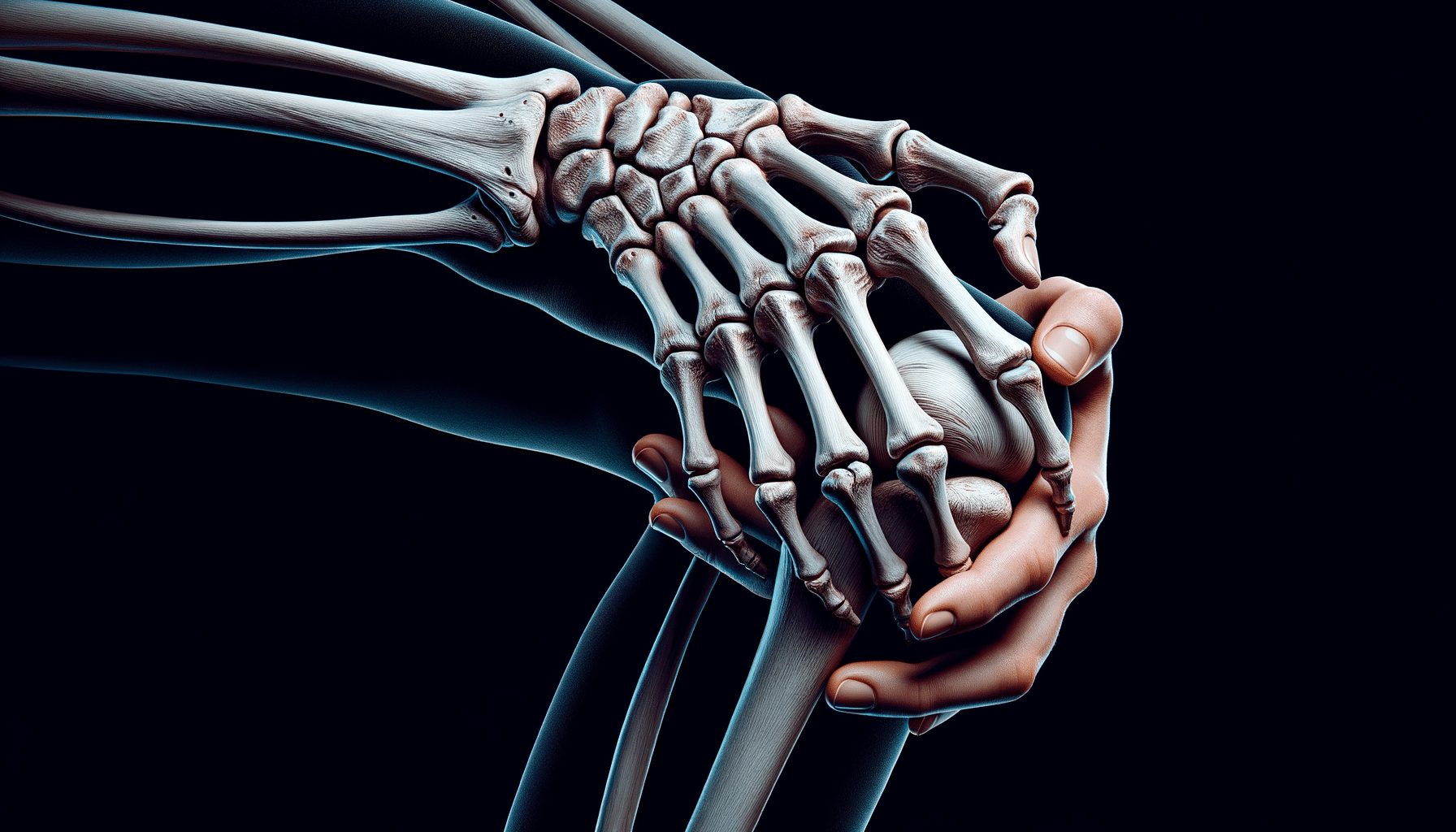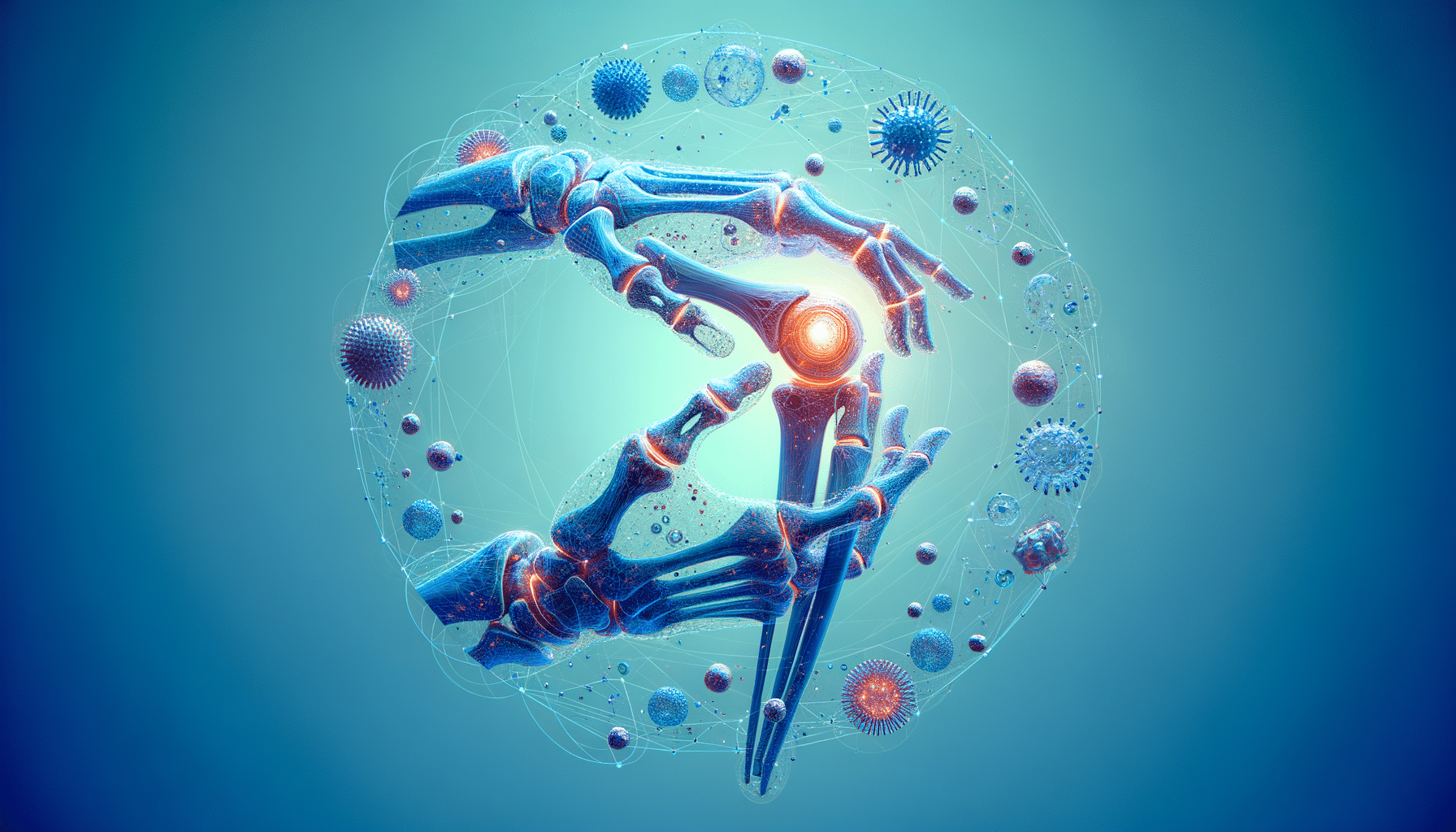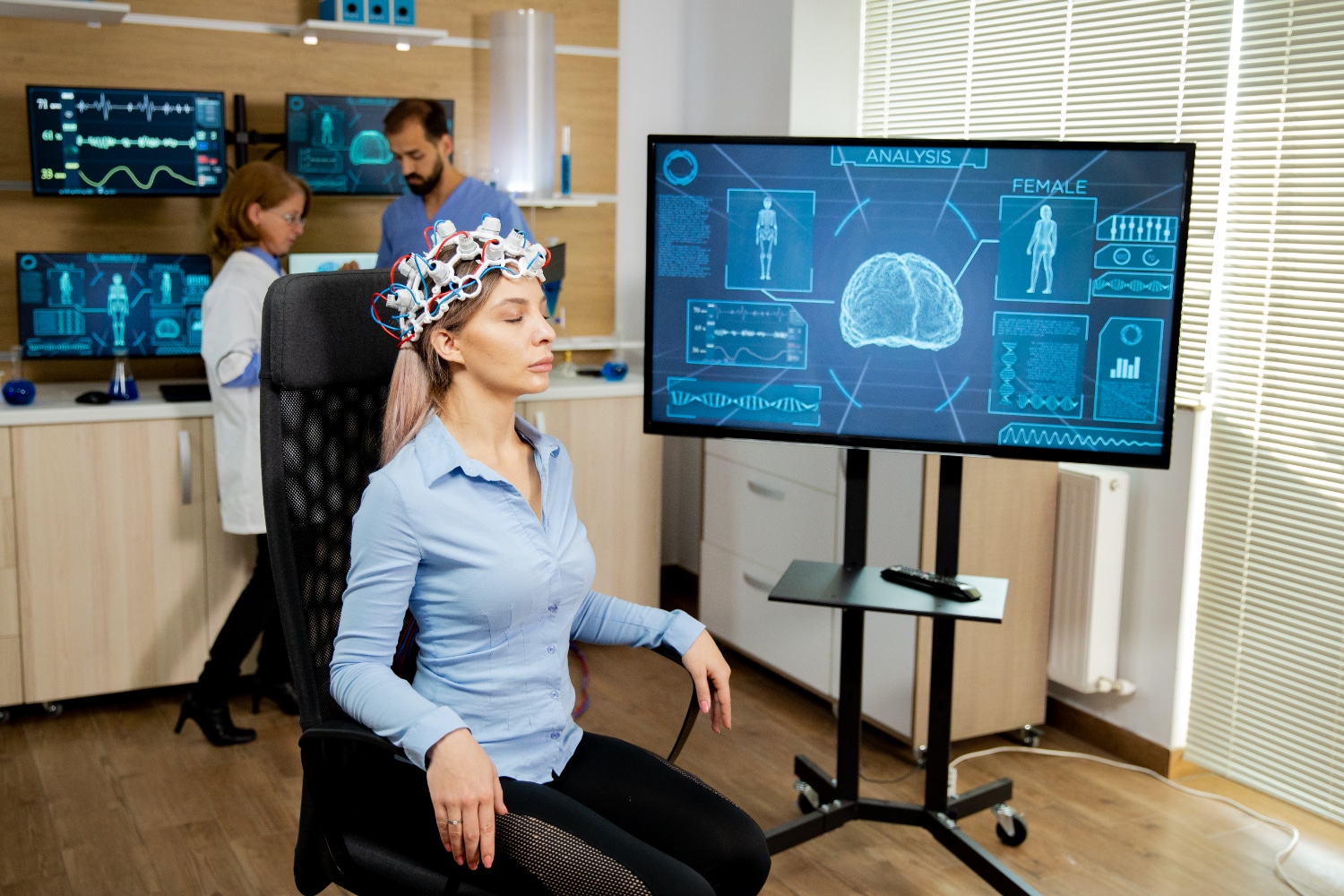
The Rise of Cyborgs: Are Humans Merging with Machines?
Technology is changing fast. We are crossing the line between the human and the machine. Cyborgs are a sci-fi concept that is turning into reality. We are merging with machines — human evolution with biohacking, transhumanism and neural enhancements. In this blog, we will explore the intersection of biology and technology and what it means for our imitation as cyborgs from the perspective of the meaning of cyborgs, the pros and cons, and ethical issues with our plan to become cyborgs.
Key Benefits / Why It Matters
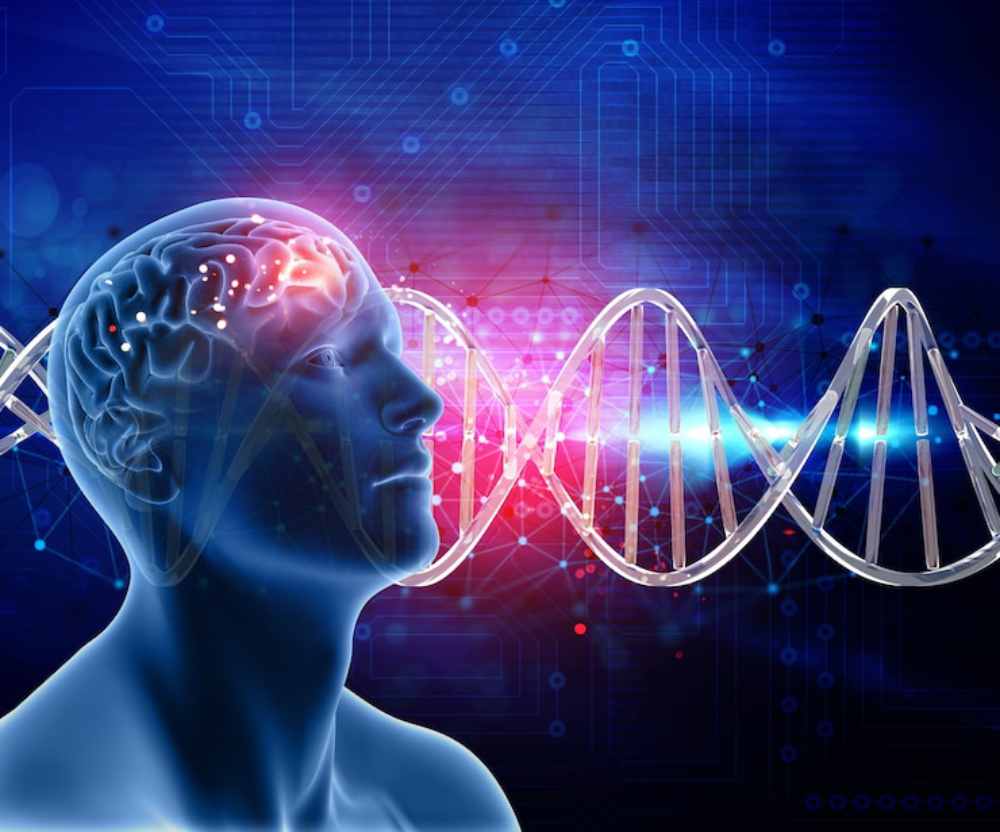
Merging humans with machines is not just a dream; it could change society, healthcare, and human potential. Technology inside our bodies can enhance abilities, overcome disabilities, and unlock new cognitive skills.
Enhancing Human Capabilities
Biohacking aims to optimise human performance. By using technology, we can enhance our senses, boost strength, and extend life. For example, advanced prosthetics can restore mobility for amputees, and exoskeletons help people lift heavy objects with ease.
Overcoming Disabilities
Neural enhancements can restore lost functions and improve life for those with disabilities. Cochlear implants help those with severe hearing loss hear again. Retinal implants aim to bring vision back to blind people, offering hope to millions.
Unlocking Cognitive Potential
Transhumanism believes in using technology to go beyond human limits. Brain-computer interfaces (BCIs) let the brain communicate directly with devices. BCIs could change education, communication, and entertainment, allowing thought-based interactions with technology.
Step-by-Step Guide / Actionable Insights
To understand the merging of humans and machines, we need to know the technologies that drive this change.
Understanding Biohacking
What is Biohacking?
Biohacking is the use of science and technology to boost physical and mental abilities. It includes everything from diet changes to implanting microchips.
How to Get Started with Biohacking
- Research and Education: Learn about techniques and technologies. Use books, online courses, and forums for insights.
- Identify Goals: Decide what abilities you want to enhance. Clear goals will guide your journey.
- Start Small: Start with simple techniques, such as a balanced diet or fitness trackers. These will help you understand your body’s responses.
- Consult Professionals: To ensure safety, seek advice from experts for advanced practices, such as implants or genetic changes.
Exploring Neural Enhancements
The Role of Neural Enhancements
Neural enhancements use technology to improve brain function. These can be non-invasive, like neurofeedback, or involve brain implants.
Implementing Neural Enhancements
- Neurofeedback Training: This technique helps improve cognitive function by monitoring brain activity.
- Brain-Computer Interfaces (BCIs): BCIs allow the brain to communicate with devices. They promise to help those with mobility issues control prosthetics or computers.
- Cognitive Enhancement Supplements: Nootropics, or smart drugs, can boost cognitive function. Research their effects and consult experts before use.
Additional Expert Tips & Common Mistakes to Avoid
Integrating biohacking and neural enhancements into daily life has challenges.
Best Practices for Safe Biohacking
- Prioritise Safety: Focus on safe techniques. Avoid unproven practices, and consult professionals as needed.
- Monitor Progress: Track changes in your physical and mental state. This helps you adjust your biohacking methods.
- Stay Informed: Biohacking is constantly evolving. Keep up with the latest research and trends.
Common Mistakes and Misconceptions
- Overestimating Results: Manage expectations. Not all techniques will show immediate or significant results.
- Neglecting Ethical Considerations: Consider the ethical issues of merging humans with machines. Think about privacy, consent, and societal impact.
Advanced Insights / Expert Recommendations
As we explore human-machine integration, we must consider broader implications and future developments.
The Ethical Landscape
The rise of cyborgs raises ethical questions about identity, autonomy, and equality. As technology merges with our bodies, we face issues of consent, privacy, and access to enhancements.
Future Prospects
The future of human-machine integration is exciting. Developments in BCIs and mind uploading could change our understanding of consciousness. These concepts may seem far-fetched, but research continues to push boundaries.
The Future of Human-Machine Integration
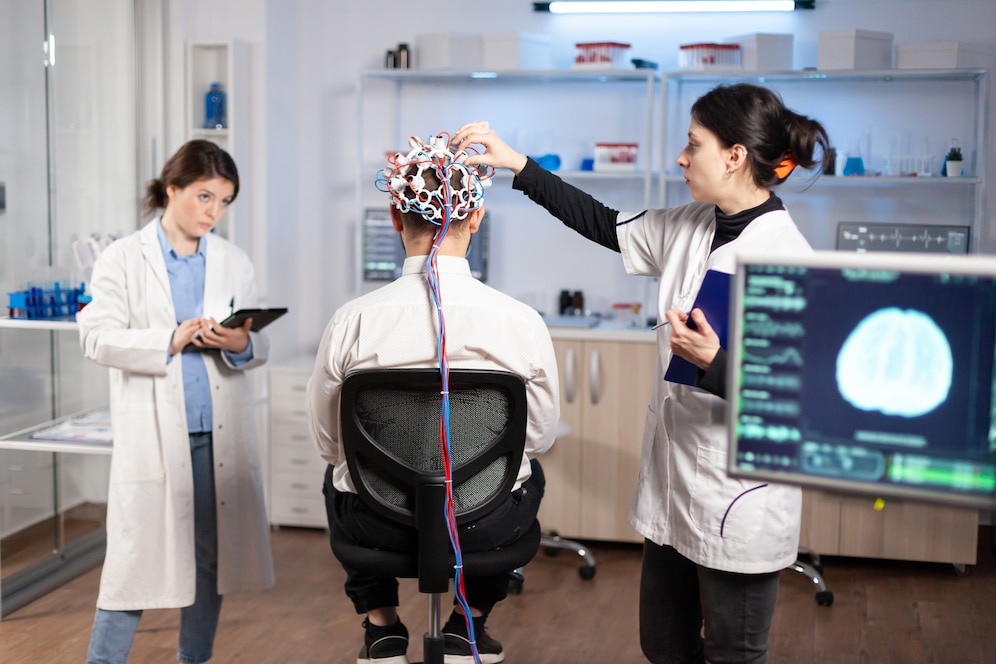
We are standing on the brink of a new era in human evolution. Humans and machines: What opportunities and what contradictions? Biohacking, transhumanism, and neural enhancements will enhance us and reshape humanity. However, ethical concerns must be considered, and responsible exploration is needed.
In our so-called digital age, as we explore new territory, we must walk, not run, with caution but also curiosity. To demystify and contextualise evolution, create an increasingly informed environment, and put public safety ahead of fear, we must put public safety ahead of fear, ensuring a safer tomorrow. As cyborgs rise, they rise around the world.
Ready for Machine-Human Marriage? Share your thoughts or experiences in the comments, and join us in discussing the nature of human augmentation.

